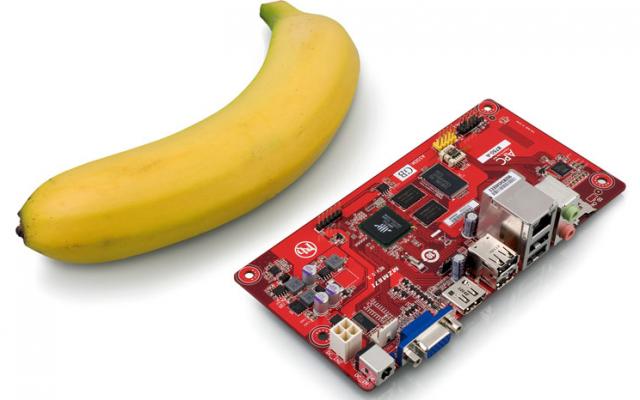Bandwidth is a precious commodity on military vessels. Ships in the US Navy fleet are generating more data, but the pipe it’s getting pumped through isn’t getting any larger. What’s more, with limited connectivity options on the table, the sea-faring military wing is missing out on all the smartphone and app store fun. Rather than turn green with envy, or turning their dress whites is for camouflage cargo pants, the Navy is beefing up its mobile tech arsenal, beginning with the U.S.S. Kearsarge, U.S.S. San Antonio and U.S.S. Whidbey Island. The ships will serve as test beds for a nautical LTE system, with a range of about 25 miles. The 4G network will serve as a localized platform for wirelessly feeding data to sailors, as well as a way for the enlisted to connect to the outside world. On the backend, the Marines are working on a new satellite broadband service that should be able to provide ships with 300 megabits of shared bandwidth. Satellite internet and off-grid LTE might induce yawns in some, but they’re certainly a major part of modernizing our fighting forces. For more info, check out the source link.
from Engadget





